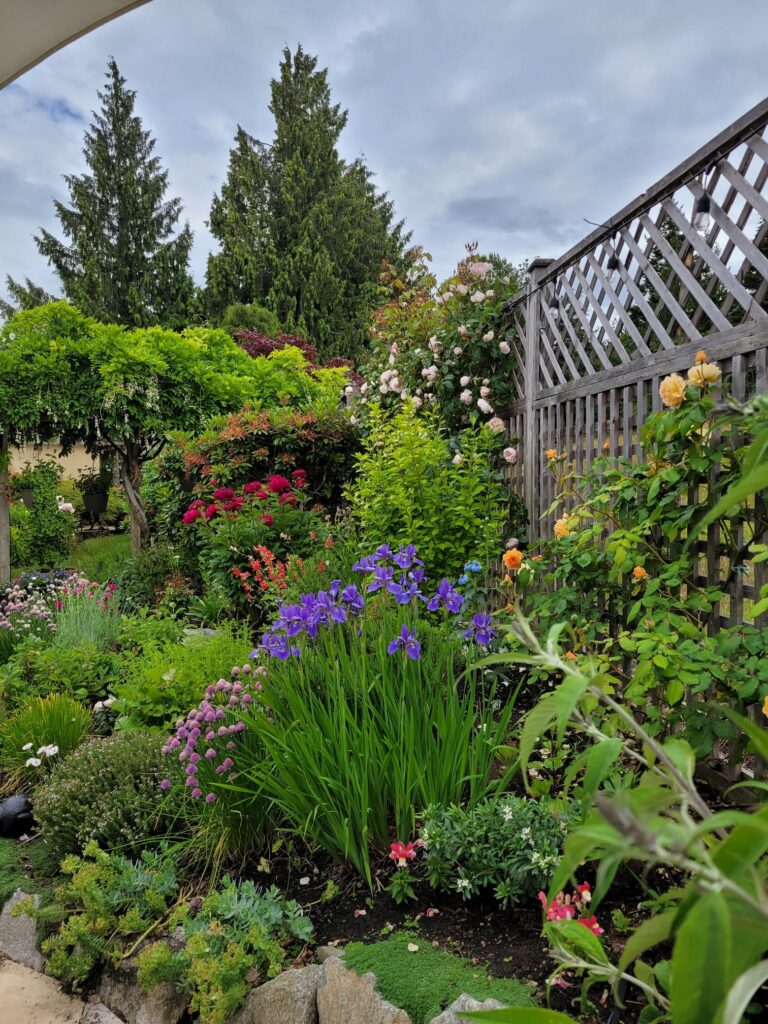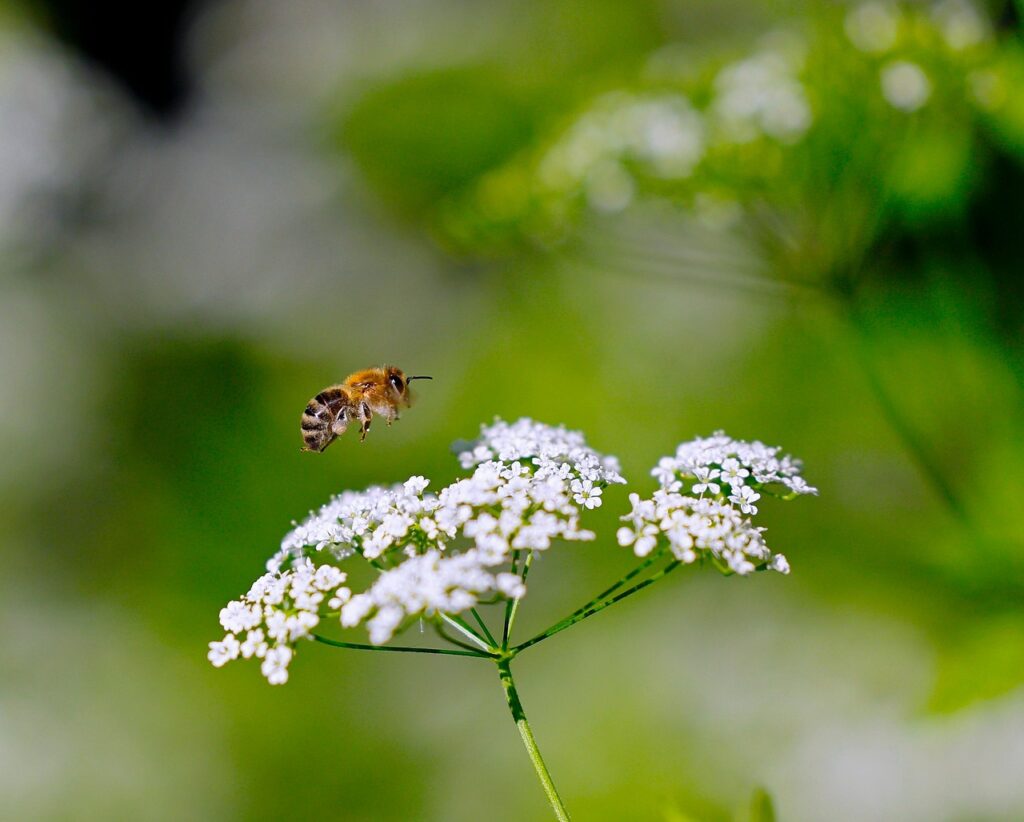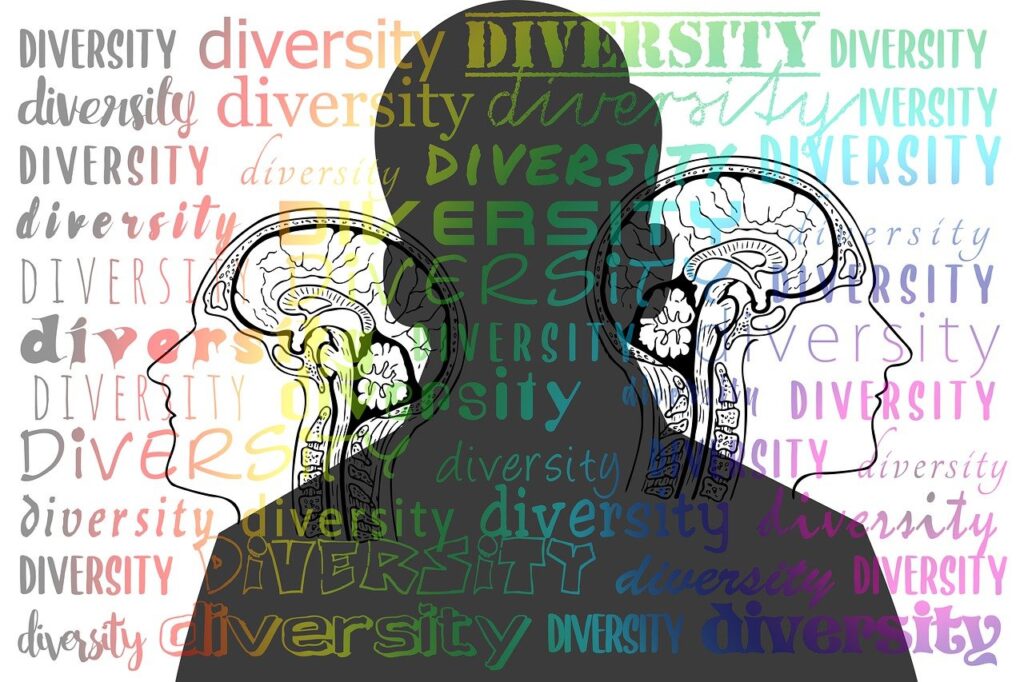Diversity is a hot topic these days. The word has become somewhat polarizing, particularly when it’s used to reference people from different social and ethnic backgrounds, or those of specific genders and sexual orientation. But in that context, when paired with inclusion and acceptance, diversity becomes something to fight for and something to celebrate.
Nature depends on diversity for its very survival. Without a wide range of animals, plants and microorganisms, we would not have the healthy ecosystem we need to survive. Diversity, at its core, maintains life.
In its truest sense, the word diversity means variety. I like to think I favor variety, yet humans are hardwired to favor predictability, and I’m as human as you are. This morning, for instance, I had a predictable spring breakfast: a protein smoothie and some fruit. As I ate, I stared out the window at my empty garden pots. I found myself thinking about using the same annuals and fillers I used last year, the same pretty trailers. I have to remind myself to pivot and try something new.
Predictability is comfortable and familiar. It creates a sense of security, something businesses favor. The recent wild swings in the financial markets show just how stressful and potentially lifechanging unpredictability can be. Publishers, like most businesses, also thrive on predictability, something I learned early on in my career.
I didn’t stick to writing for one specific age group or in any particular genre. I wrote fiction and non-fiction, picture books and novels, historical and contemporary fiction; I even wrote a few short novels with a paranormal theme. Publishers and agents weren’t amused. They suggested I should ‘stick to one lane’ and develop my presence for a specific audience and in one genre. Diversification, I was told, just confuses readers. Predictability makes it easier to build a brand. Strong branding makes it easier to sell more books and make more money, which publishers love. And let’s be honest, authors like making money too!
There are authors who write in a variety of styes, but it’s not always an easy transition. Margaret Atwood was famously afraid of making the jump from literary fiction to genre fiction, but lucky for us, she did. Other authors like Stephen King, Norah Roberts, Anne Rice and Dean Koontz rely on pseudonyms when they write in different genres. That makes publishers happy and avoids confusion for readers.
I suppose it’s no surprise that diversity sometimes comes under fire and we humans tend to favor the status quo. Yet in the same way that nature hinges on diversity, I believe diversity can also infuse and flavor any creative practice, and not only for authors.
Leonardo Da Vinci is the classic example of someone who dedicated his life to a variety of art forms. John Lennon, Joni Mitchell, Eric Clapton and Lady Gaga all went to art school. Rapper Tupac studied acting, poetry, jazz, and ballet at the Baltimore School of The Arts. Australian musician Nick Cave writes screenplays and novels and so does singer/songwriter Amanda Palmer. Actor Jemima Kirke from the HBO’s series “Girls” is also a talented painter. Juliette Binoche works as, dancer, poet, and painter too. Antonio Banderas composes music and writes poetry. Actor James Franco paints, draws, sculpts and is a skilled photographer.
I’ll probably never take up sculpting or pick up a paint brush, and I’ll certainly never become an actor, but the idea of trying a new art form or writing in a different genre is a way of adding a spark of life to our art. As biologist Sir John Sulston said, “What is the purpose of being human and alive without doing and trying new things?”
At the very least, I can certainly switch up my breakfast tomorrow. Falafel, anyone?












Comments